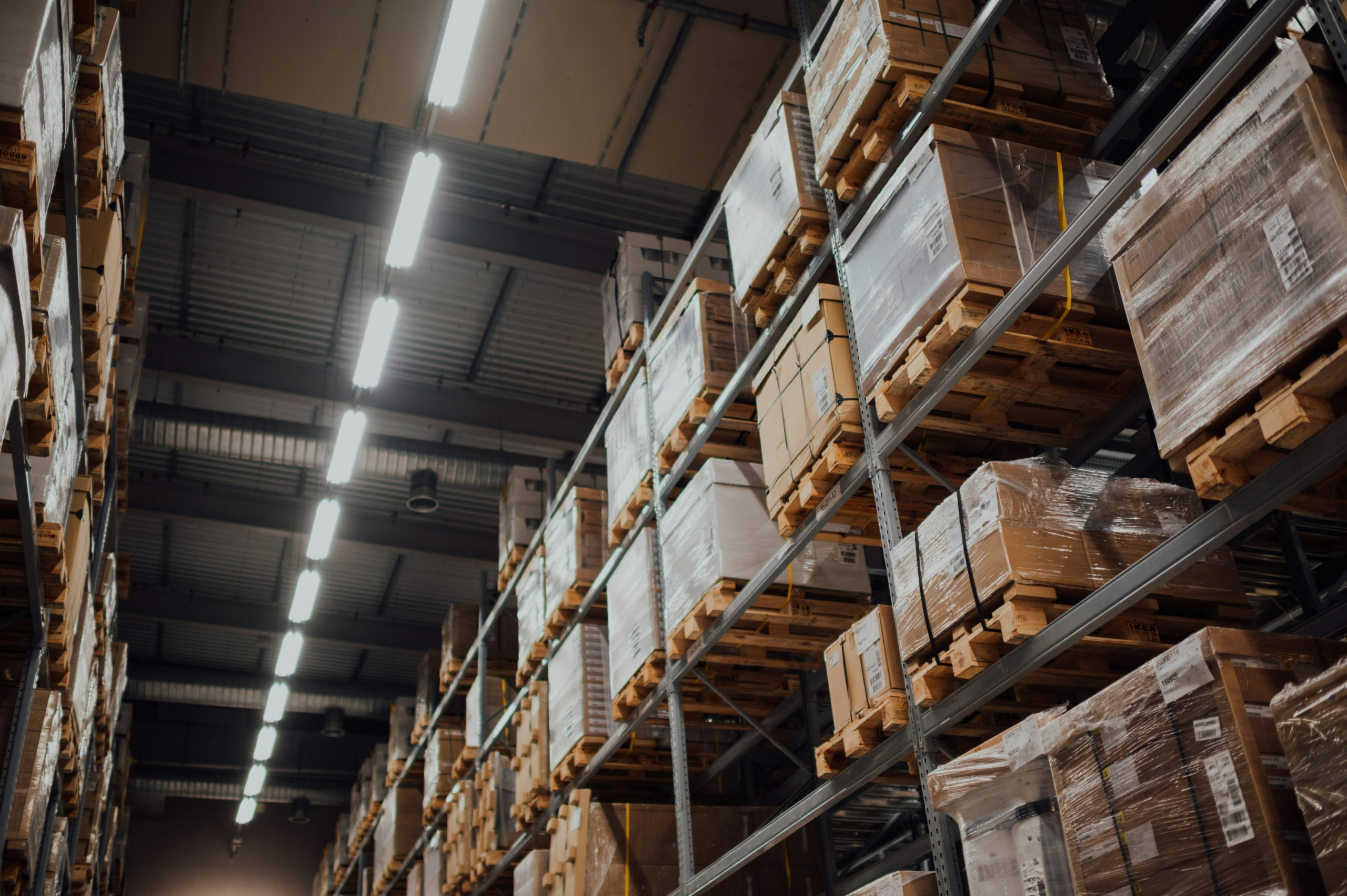Warehouse Automation: Robots Cutting Fulfillment Costs by 25%
When it comes to running a successful business, efficiency and cost-saving measures are always top of mind. One area that has seen significant advancements in terms of streamlining processes and reducing costs is warehouse automation. In particular, the use of robots has revolutionized the fulfillment process, allowing companies to cut costs by as much as 25%. In this article, we’ll take a closer look at how warehouse automation using robots can help businesses become more efficient and save on costs.
The Rise of Warehouse Automation
Warehouse automation has been around for decades, but recent developments in technology have allowed for even greater levels of automation. The use of robots, in particular, has become increasingly popular due to their ability to perform a variety of tasks quickly and accurately, resulting in improved productivity and cost savings. In fact, according to a report by ResearchAndMarkets, the global warehouse automation market is expected to reach $30.8 billion by 2026, with robots being a major driving force behind this growth.
Robots Cutting Fulfillment Costs by 25%
One of the main reasons why robots are becoming a preferred choice for warehouse automation is their ability to significantly reduce fulfillment costs. Warehouses are often faced with high labor costs, as manual labor is required for tasks such as picking, sorting, and packing. This not only adds up in terms of employee wages but also leaves room for human error, leading to additional costs and delays. With robots performing these tasks, businesses can save on labor costs and increase the overall efficiency of their operations.
Increased Speed and Accuracy
The use of robots in warehouse automation results in faster and more accurate fulfillment processes. Robots are designed to work at high speeds, significantly reducing the time it takes to complete tasks. They can also work around the clock without the need for breaks, resulting in round-the-clock production. Additionally, robots are programmed to be highly precise, reducing the likelihood of errors and the need for rework. This translates to shorter lead times, reducing costs associated with delayed or incorrect orders.
Space Optimization
Another advantage of using robots in warehouse automation is their ability to optimize space. Traditional manual methods of storage often result in underutilized or wasted space. Robots, on the other hand, are designed to make the most efficient use of space in a warehouse. They can easily navigate through tight spaces and maneuver around obstacles, making it possible to store items in previously unused areas. This not only eliminates the need for excess storage space but also helps in reducing the overall footprint of a warehouse, resulting in significant cost savings.
Improved Safety
The safety of employees is always a top priority in any workplace. The use of robots in warehouse automation can help minimize the risk of injuries and accidents. Robots are designed with advanced safety features such as sensors, collision detection, and emergency stop buttons that make them less likely to cause harm to humans. This allows businesses to ensure the safety of their employees while also cutting costs associated with workplace injuries.
Conclusion
In a highly competitive business landscape, cutting costs and increasing efficiency can make all the difference between success and failure. Warehouse automation using robots is an effective way for businesses to achieve these goals. By reducing labor costs, increasing speed and accuracy, optimizing space, and improving safety, robots can contribute to a significant reduction in fulfillment costs. As technology continues to advance, we can expect to see even more benefits and advancements in warehouse automation in the future. It’s safe to say that robots are here to stay and that businesses that embrace them will see significant cost savings and improved efficiency in their fulfillment processes.











